Backsplashes that are made of tile are a great way to give your home some flare. Additionally, cooking and dishwashing may cause a variety of difficult stains to appear on them. Here are a few easy to clean techniques and methods for cleaning the backsplash tile in your kitchen of dirt and grime.
Maintaining your backsplash tiles clean might seem like an ongoing effort with cooking oil and food residue. Tiles near the stove look to have the most food muck on them due to cooking splatter. Popular backsplash materials include ceramic, glass, and metal tiles, all of which may be easily cleaned with common household items. Keep up with tile cleaning to prevent the task from becoming too difficult.
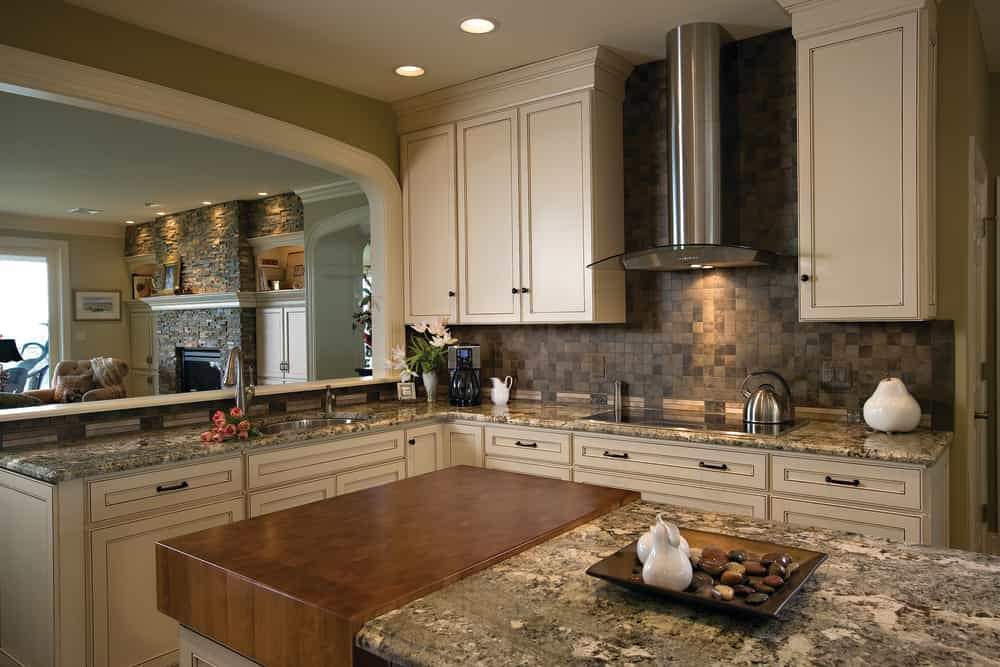
Quick Cleaning Advice for Kitchen Backsplashes
The Strength Of Water & Soap
With soap, water, and a textured sponge, you can clean a lot of kitchen appliances and equipment. In order to dissolve grease, trap it in water, and remove it from surfaces, soap molecules must be both water-loving hydrophilic and water-hating hydrophobic.
A key to removing grease is baking soda.
When you prepare delicious dishes that leave oily stains all over your stove or kitchen sink, a mild caustic-like baking soda will gently scrape them away.
Mix some water and baking soda together. Baking soda should be poured into a basin halfway, and then water should be added until you get a paste that is thin enough to stick to the wall tiles.
Give this solution 10 minutes to work its magic on your oily areas. After 10 minutes, carefully scrape the baking soda and oil off with a clean sponge or cloth that has been soaked in water.
Backsplash Tile Cleaner With Vinegar
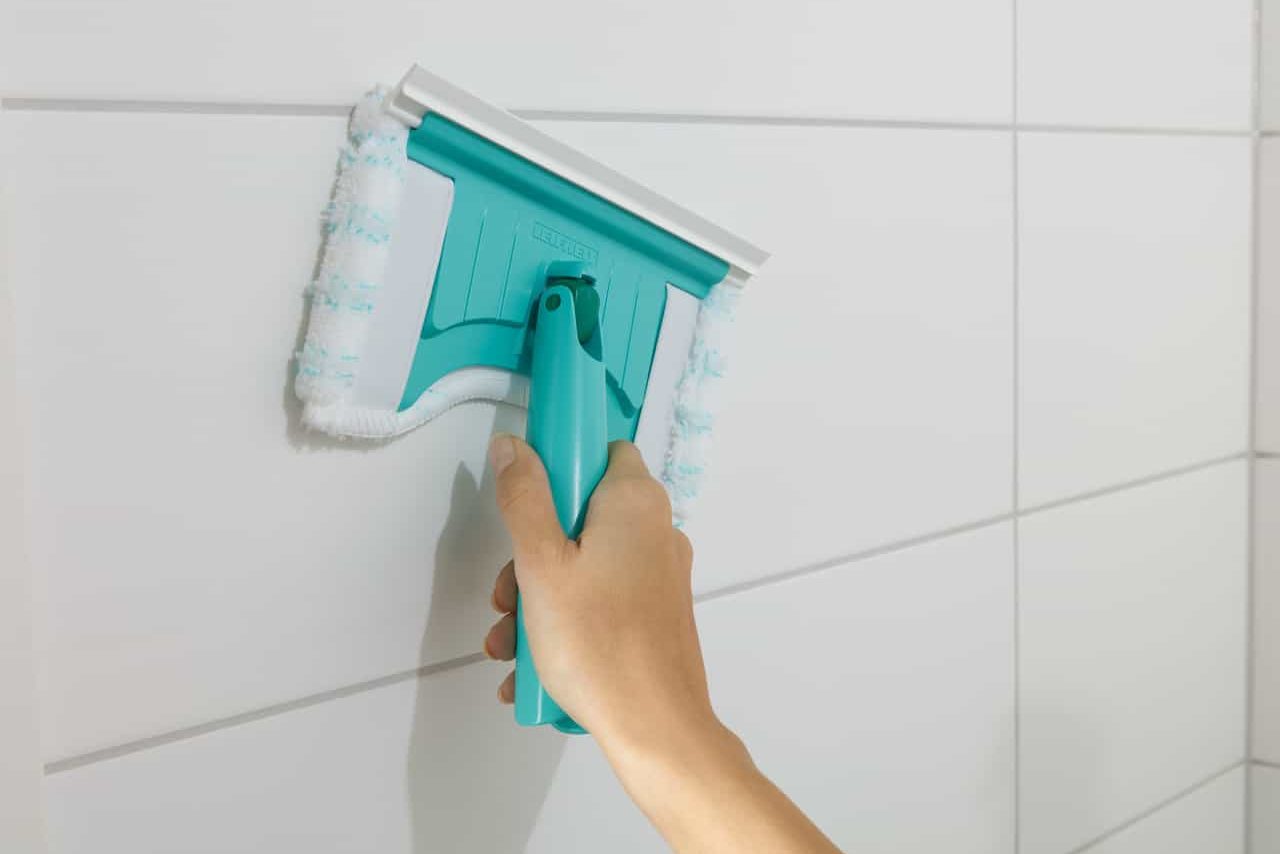
Vinegar is another fantastic, environmentally friendly cleaning option for backsplashes made of ceramic, porcelain, or glass digestion. In a spray bottle, combine equal parts white vinegar and hot water. Following the backsplash spraying, there is no need to rinse. A good everyday cleaner is a simple vinegar solution, particularly for avoiding grease accumulation.
Cleaner for Hard-to-Remove Stains
Try a severe degreaser if the baking soda doesn’t work. Remember to test it first on a tiny, inconspicuous area to ensure that it won’t stain your tile or grout. Then, apply it very lightly just to the oily stain and follow the instructions, taking extra care to ensure that it all gets washed away.
Backsplash Cleaner for All Purposes
To prepare a secure backsplash cleaner that will get rid of the majority of dirt and grime:
- Combine a half teaspoon of baking soda, a cup of water, and a few sprays of hand dishwashing soap in a spray bottle.
- Apply the cleanser liberally on the backsplash and wipe it off.
- Wipe with a moist towel that has merely been soaked with water.
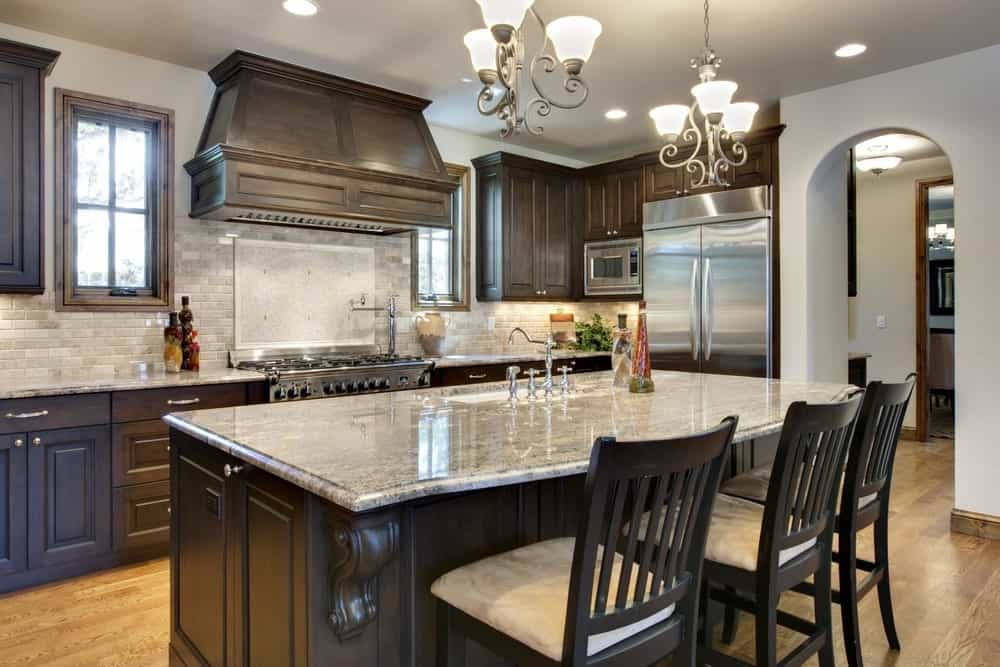
Greasy Stone Backsplash Tiles
You must use cleaning agents that are safe for natural stone if your kitchen backsplash is made of this material. Cleansers designed particularly for that kind of stone may be used.
Grease may become a greater problem if your basalt or other stone backsplash isn’t sealed since it can seep into the stone. Always test any cleaning solutions, including natural ones, in a concealed area to be sure the stone won’t get stained.
Overall, a safe remedy for a stone backsplash is warm water and dish soap. Scrub the grease off with a toothbrush or another soft brush. The soapy residue should be brushed off with a fresh, moist cloth.
Concentrate On Grout Lines
The grout lines around backsplash tiles might be more difficult to clean because of their porous nature. For discolored grout, use the baking soda solution at the beginning of this article. Use a special tile-cleaning toothbrush this time to put in a little additional work. When completed, clean the grout with a fresh cloth that has been moistened.
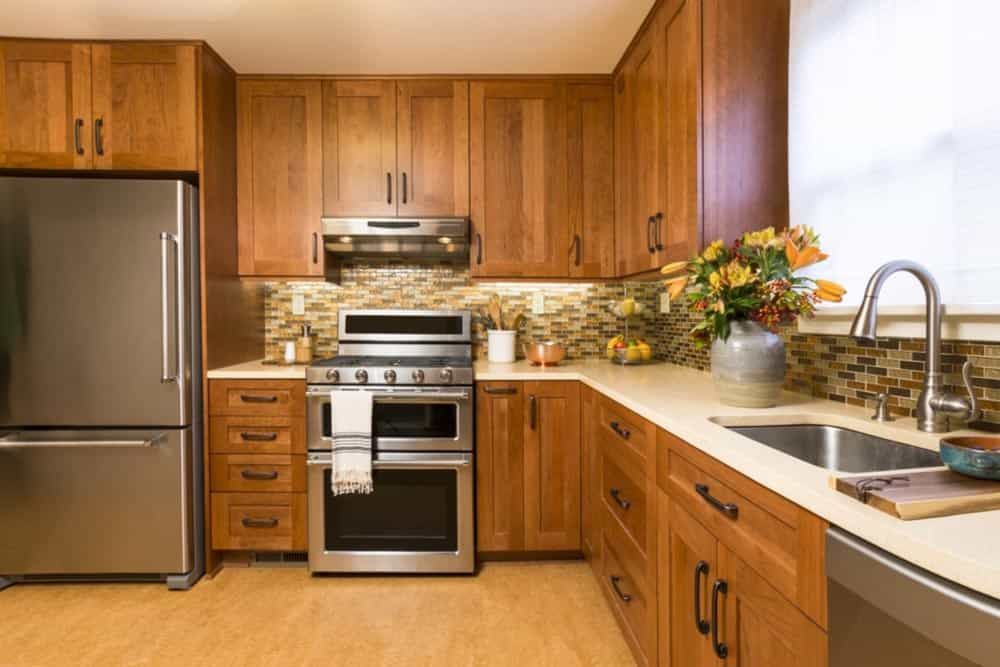
You may avoid spending a lot of time and energy scrubbing by sealing the tile and grout joints. On your grout’s surface, the sealant creates a multilayer barrier that makes it more difficult for impurities to penetrate the gaps.
Although the backsplash tiles in your new kitchen will be beautiful, will they be difficult to keep clean? The purpose of putting wall tiles in the first place is the simplicity of maintenance, but homeowners often choose backsplash tiles for the design and character they offer to the space. It serves as a barrier between spills and your wall.
The size and substance of a tile are the two key criteria that influence how simple it is to keep it clean.
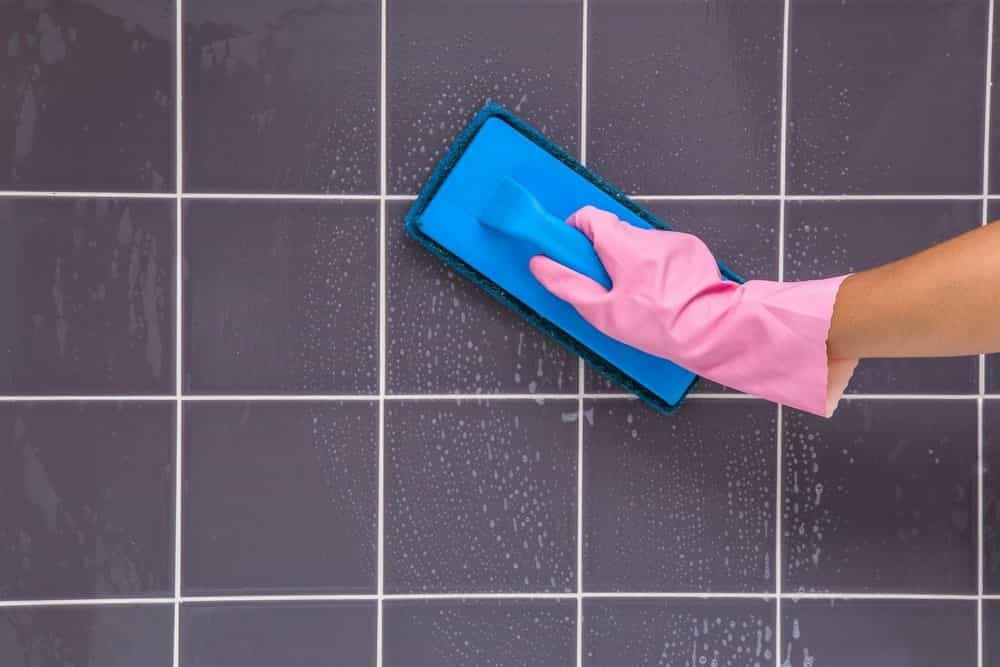
Size of Tile
Think about the grout line, which fills in the gap between each tile with a sanded or unsanded cement-like substance. Unfortunately, grout is porous, despite how robust and water-resistant your backsplash tiles may be. It will eventually begin to seem a little dirty and dull and will need particular maintenance. You may reduce this issue by using a grout sealer two to seven days after installation and then once a year after that.
Choosing a large format tile is another technique to reduce the bothersome grout line. A larger tile area means fewer grout lines, the breeding ground for germs and filth. Even better, some large-format tile varieties are essentially seamless. Although they still need grout, less grout requires less cleaning.
You may also think about forgoing the customary white grout line and choosing a colored grout to contrast with or complement the kitchen backsplash tile. Of course, doing this won’t prevent the grout from becoming filthy, but you may be able to postpone cleaning it for a while.
On the other hand, why use no grout lines? A slab backsplash might be the lowest-maintenance surface despite not being a tile. A slab with a striking pattern may liven up the vertical surface in contrast to a solid or subduedly colored counter, or you can choose the same material and design as your countertop.
Tile Composition

There are backsplash tiles that are easier to clean than others. Because they are inherently nonporous, stain-resistant, and don’t need any special cleaners to clean them, porcelain, ceramic, metal, and glass tiles are at the top of the list of materials that are simple to maintain.
In a backsplash installation, other tiles like travertine, marble, and other natural stones look stunning, but they need special maintenance. Even when used as wall tile, every natural stone needs regular sealing to protect it from stains and other harm. Additionally, you have to utilize cleaners explicitly made for genuine stone.
If your kitchen is busy, you may choose to use porcelain with a marble-like finish rather than actual marble. Porcelain tiles with inkjet printing may replicate any surface, including wood grain and fabrics.
Porcelain brick is significantly more straightforward to clean than genuine brick, while having a roughness that makes cleaning somewhat more challenging.
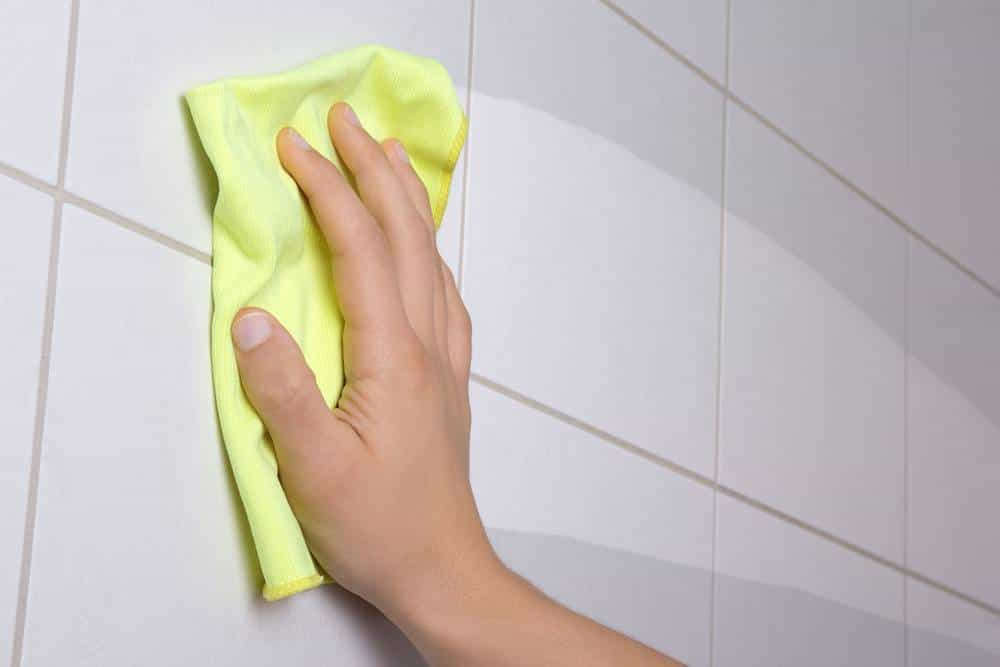
Still unsure of the ideal tile for you? Take this quiz about backsplash tiles to get knowledge before making a significant choice.
Finding backsplash designs that are simple to maintain while giving your kitchen or bathroom a trendy appearance is not difficult since there are so many kinds of tile available, including pre-meshed mosaics and inkjet-printed lookalikes.
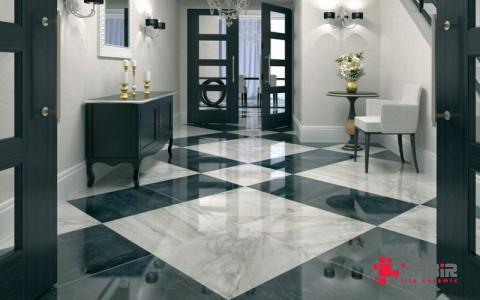
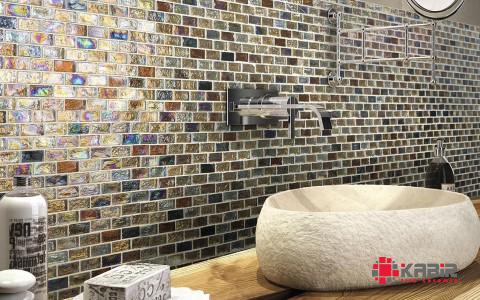

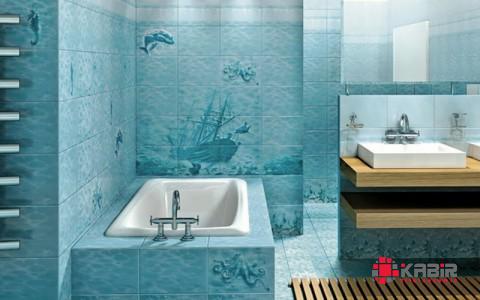
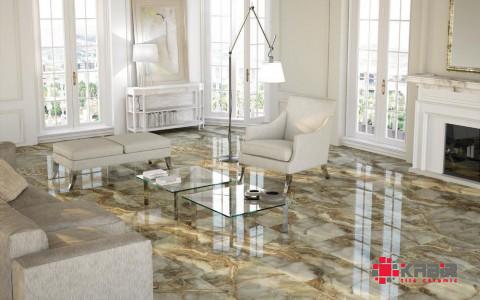
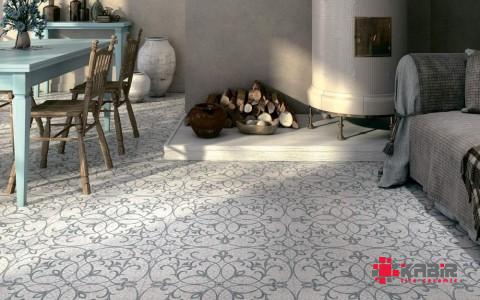

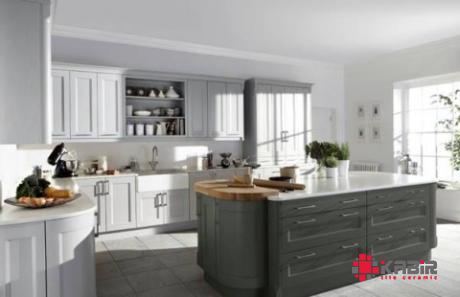

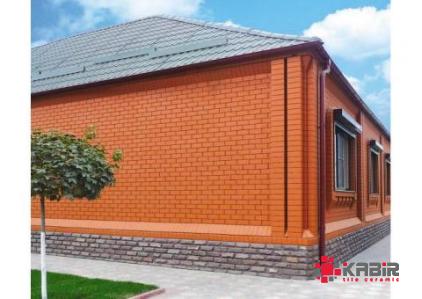
Your comment submitted.